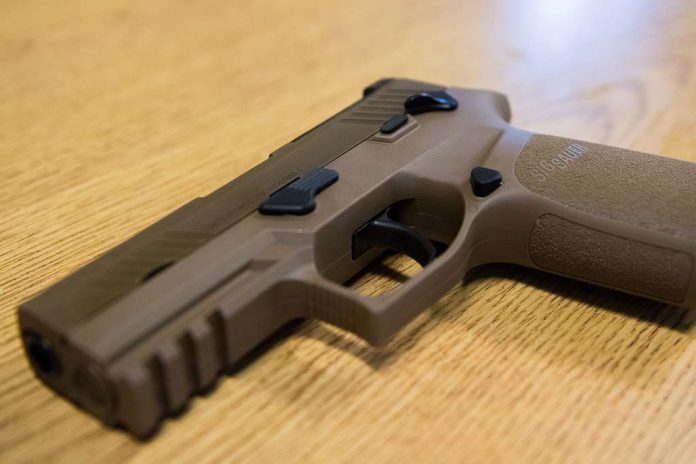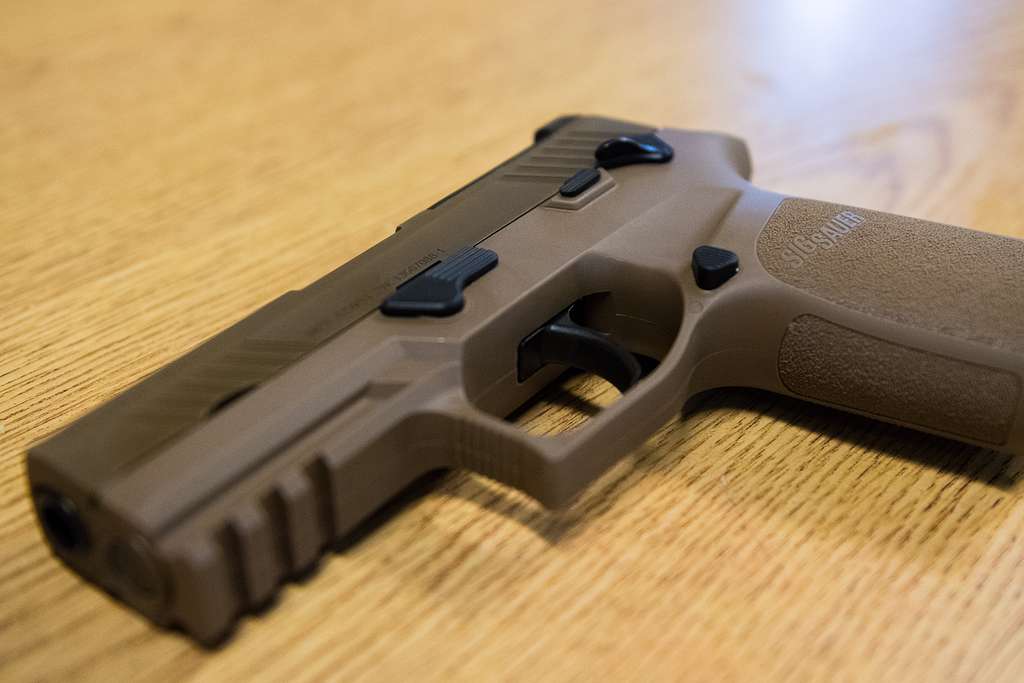
It started with a single, senseless photograph a U.S. airman slain while under fire at F.E. Warren Air Force Base, causing the U.S. Air Force Global Strike Command to temporarily halt the Sig Sauer M18 pistol. The incident, still being investigated, again sparked an angry controversy among the defense and firearms design communities: can a contemporary striker-fired service pistol ever be said to be safe, even using the finest design and materials?

1. Accidental Discharge: M18 and P320 Under the Microscope
Stories about the M18 inadvertently firing without trigger pull have sullied its reputation for years. The Air Force’s removal of the pistol from inventory is not unique; Immigration and Customs Enforcement and some big police departments have removed the P320 platform from service due to the same. The FBI Ballistic Research Facility, in a report dated August 2024, determined that “movements similar to those experienced by a law enforcement officer could release a safety mechanism within the P320.” That came after footage of a P320 being fired from a holster, which Sig Sauer blamed on the holster but which independent organizations saw as alarming.
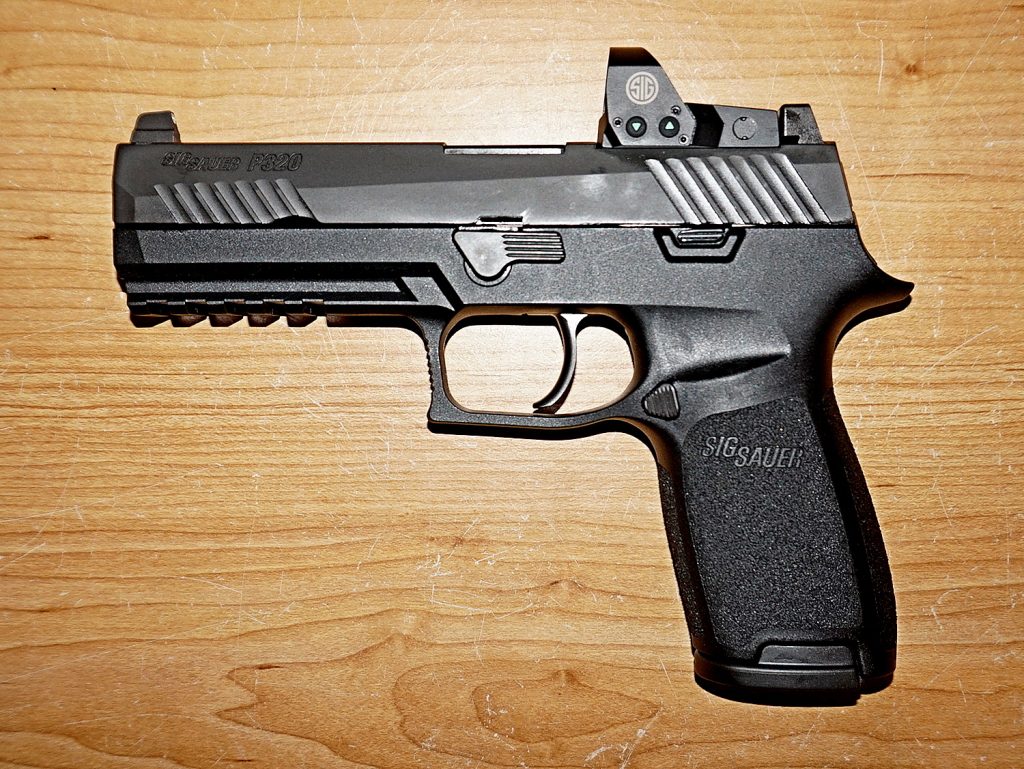
And as Gunsite Academy CEO Ken Campbell put it succinctly, “At this point, serious questions are being asked in our community regarding the use of the [P320]. Based on due consideration, we have determined that until and unless these questions are answered to our satisfaction, Gunsite will no longer permit [it] to be used in classes, effective immediately” Gunsite Academy statement.

2. Safety Engineering and Drop-Test Protocols
Both the P320 and its military counterpart, the M18, have both been faulted for firing when dropped or tripped in a specific way. During the Modular Handgun System (MHS) testing by the Army, they discovered that the M17 and M18 “could discharge when dropped,” which caused Sig Sauer to rework the trigger system. The firm since provided a complimentary upgrade to the owners of civilian variants of the P320 after video footage appeared showing that the pistols fired when dropped in a specific angle. Nonetheless, lawsuits are still filed, asserting that even upgraded versions of the pistols can fire even without a trigger pull. The National Institute of Justice (NIJ) has strict drop safety and functional reliability standards for service pistols, such as the upcoming NIJ Standard 0112.04, which deals with compliance testing in NIJ-accredited laboratories NIJ protocols. The persistent occurrence of accidental discharges, despite compliant pistols, has called the effectiveness of existing drop safety engineering in striker-fire designs into doubt.
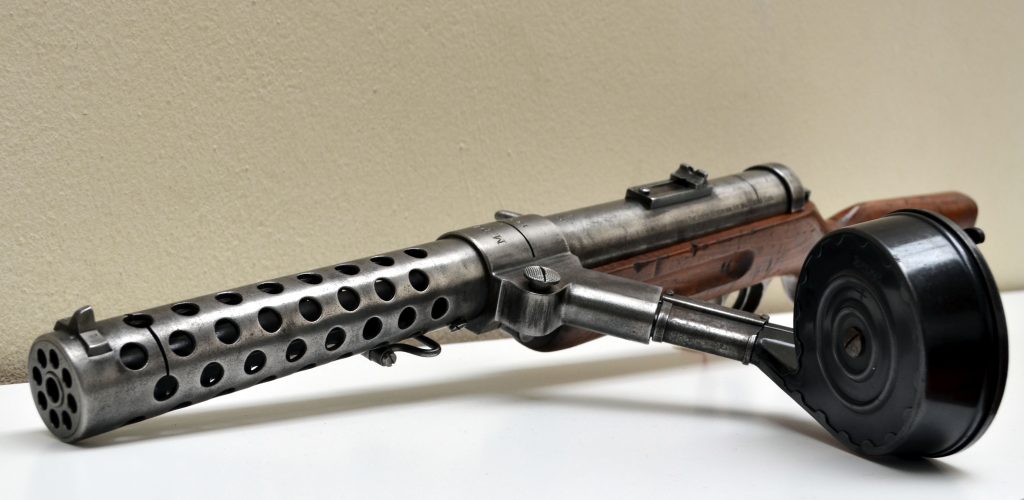
3. Modular Design: Innovation and Complexity
Modularity is a characteristic of the M18. Its serialized central fire control unit (FCU) is the easily exchanged core, simply being transferable from grip module to slide assembly of any caliber. It enables military troops to special order sidearms for deployment and hand fit, lightening logistics and training issues. As one other reviewer put it, “It’s one gun, with one serialized fire control unit, that can be uniquely customized for whatever the situation calls for” modular handgun review. Tool-free disassembly of M18, ambidextrous manual safety, and automatic striker pin safety lock were all designed to solve both the problems of functional flexibility and security. The same modularity, though, brings new modes of mechanical failure, particularly in frequent assembly and disassembly or after-market customization use.

4. Developments in Materials: Polymer Frames and PVD Coatings
The M18 has a polymer frame that saves weight up to 30% from that of steel, and includes corrosion and shock-absorbing resistance. The outside metal parts are both coated in a coyote tan Physical Vapor Deposition (PVD) coating, providing increased abrasion and environmental exposure resistance. Polymer frames have become standard for military and police handguns, and actual durability tests have shown them to be able to withstand tens of thousands of rounds and challenging conditions polymer frame durability. But polymers introduce issues of heat resistance and possible deformation under excessive stress.

5. Terminal Ballistics and Terminal Performance of the 9mm NATO
With a chamber for the NATO-issue 9mm Parabellum, the M18 only fires full metal jacket (FMJ) rounds since military policy does not allow expanding bullets. The 9mm FMJ provides a balance of controllable recoil, large capacity, and sufficient terminal performance. Ballistics information reveal that typical 115-grain FMJ rounds have muzzle velocities of approximately 1,180 fps and muzzle energies of 356 ft-lbs, but heavier 147-grain bullets have more penetration with lower velocities 9mm ballistics. Unlike rifle bullets, though, handgun ammunition depends almost wholly on shot placement and permanent wound channel, with temporary cavitation and fragmentation playing minor roles.
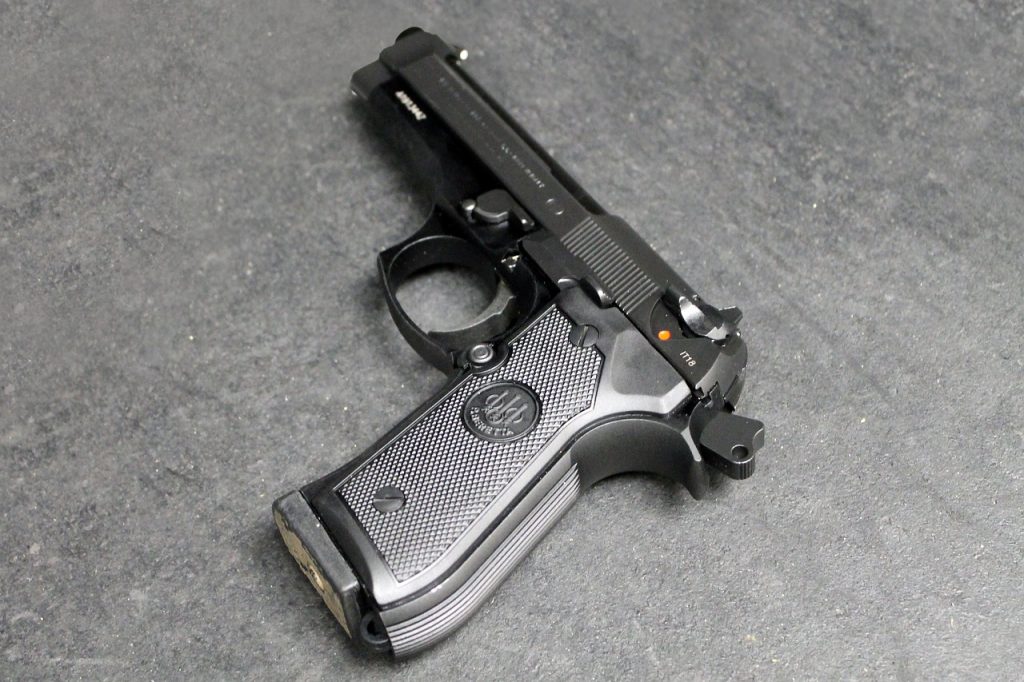
6. Military Adoption and Readiness Impact
The adoption of the M17/M18 to replace the Beretta M9, M45A1, and Glock 19M was motivated by the need for modularity, better ergonomics, and versatility in responding to contemporary combat environments. The M18’s capability to have optics, lights, and suppressor attachment along with compatibility with over one magazine size has been referenced for greater operational flexibility. Design modularity is simple to train in and logistically, as a single FCU can be adapted for use by infantry, special operations, or concealed carry military modularity analysis. The cancellation by the Air Force and ICE in the past year, however, of the M18, after the fatal shooting and some unintentional discharges, leaves one questioning how these kinds of incidents affect military readiness and public trust in service-issue sidearms.
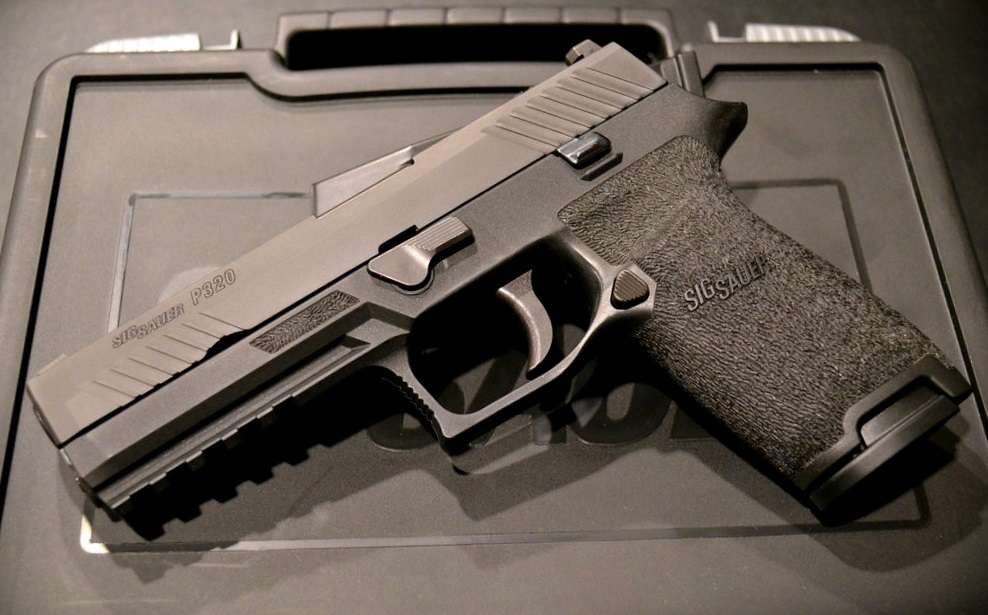
7. The Ramifications of Engineering and Policy on a Large Scale
The M18 and P320 debacle has given rise to legislation, with states jumping in to pass bills to protect manufacturers from suits over firearm safety features and liability. The National Shooting Sports Foundation remains mum, but the industry itself is coming under growing criticism from regulators and the public. Striker-fired safety, modularity, and materials engineering are topics that will define the next generation of military sidearms and law enforcement firearms.
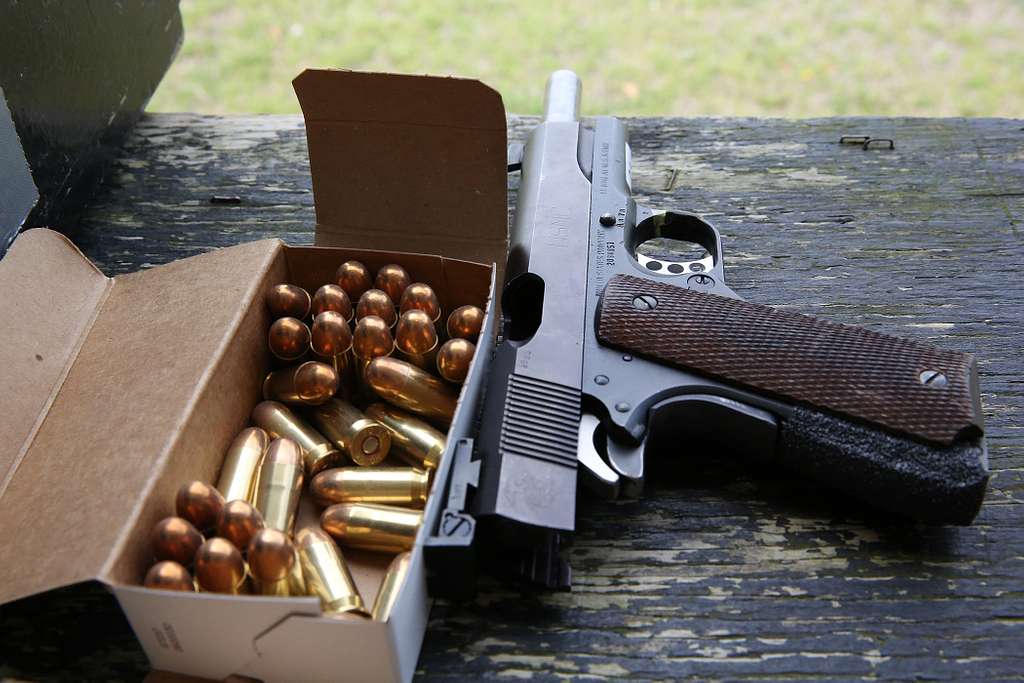
The inquiry into the M18’s contribution to the airman’s death goes on, but the world of engineering is already grappling with the challenges of reconciling innovation, modularity, and plain safety in service pistols.
